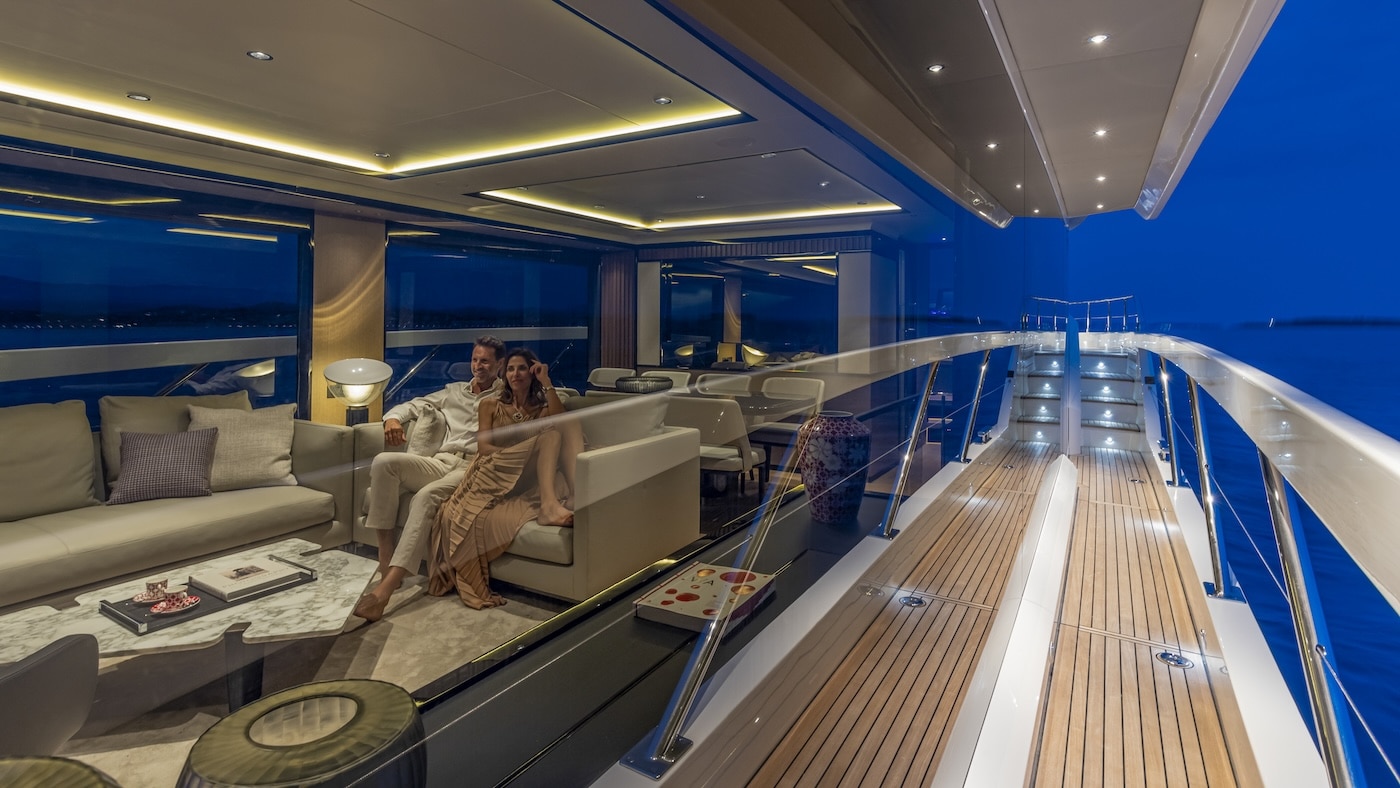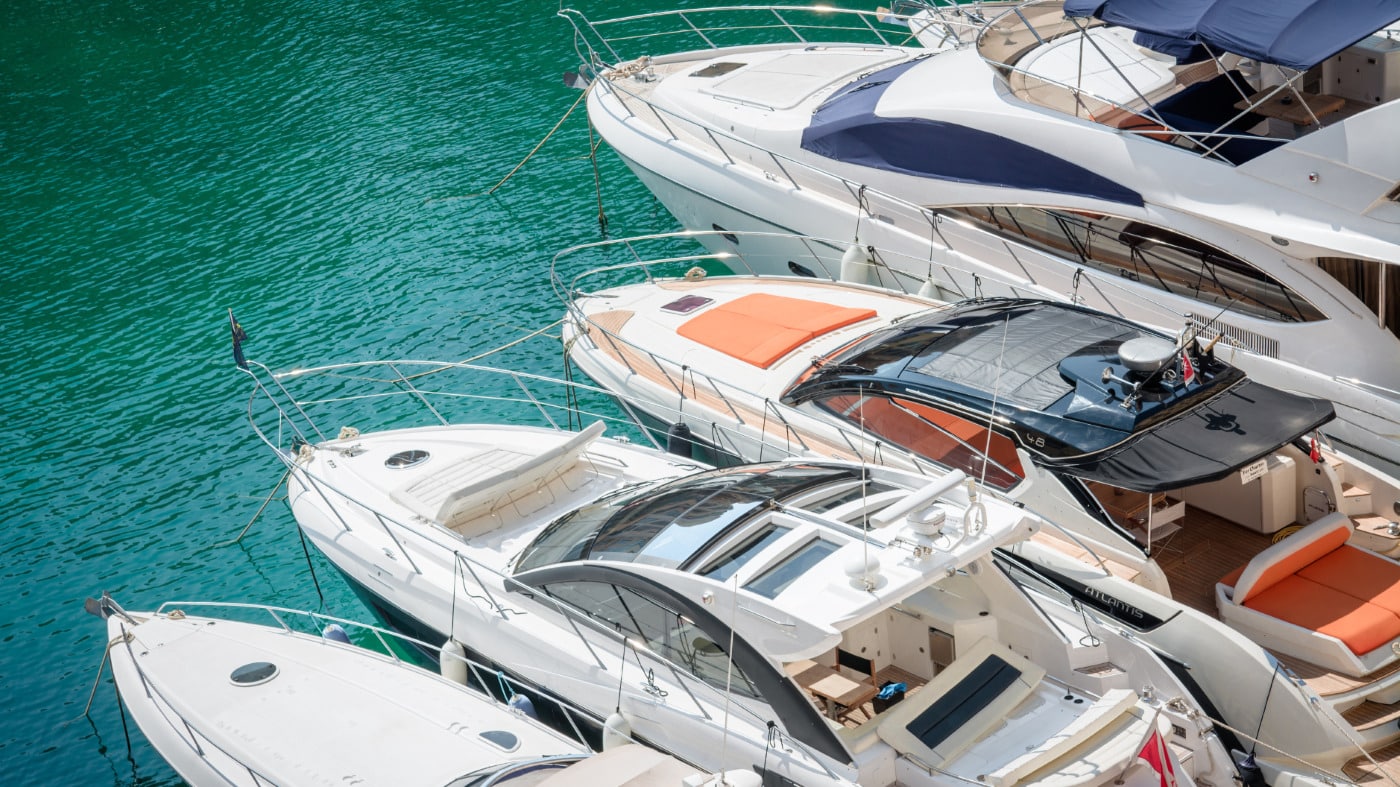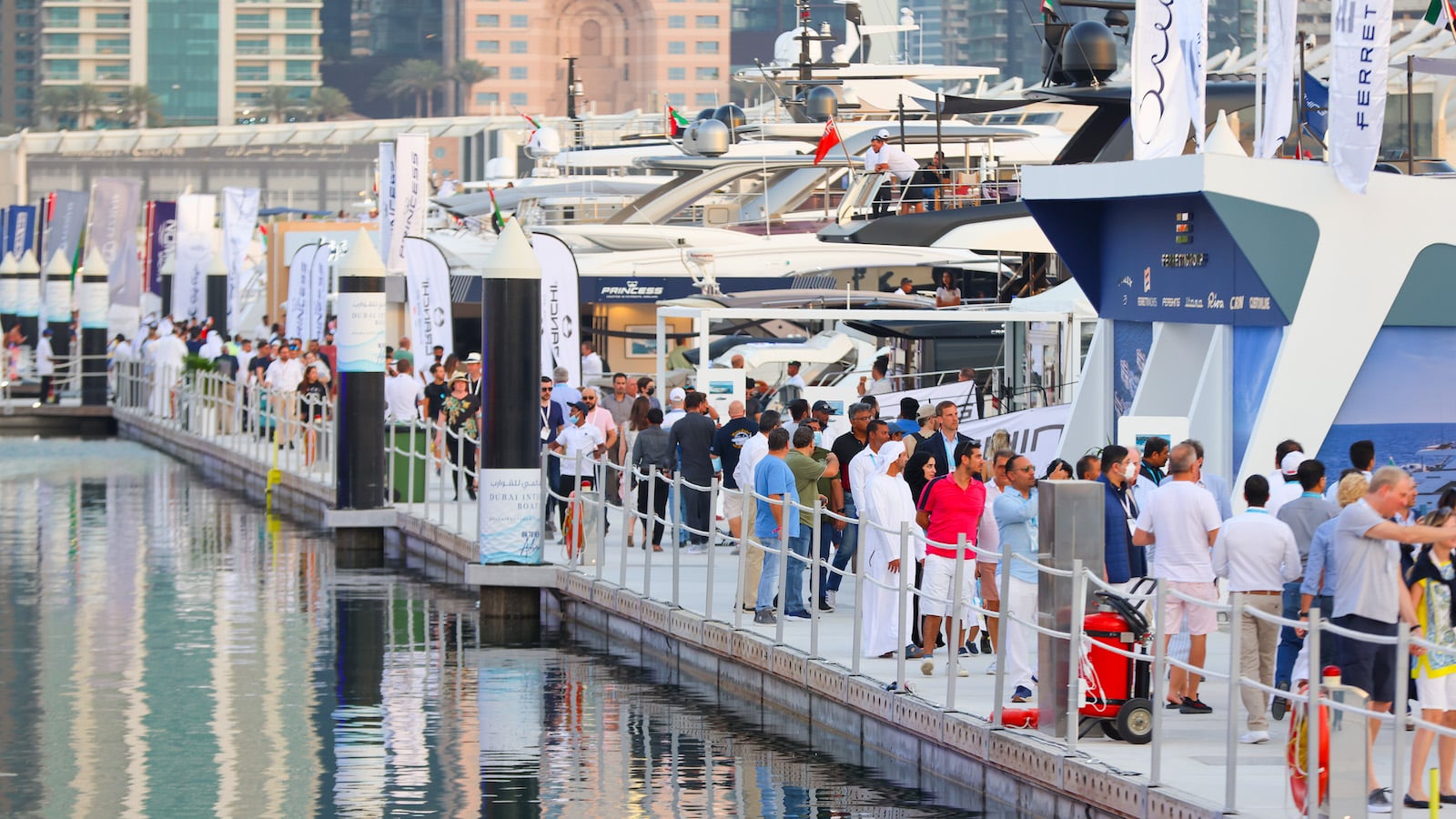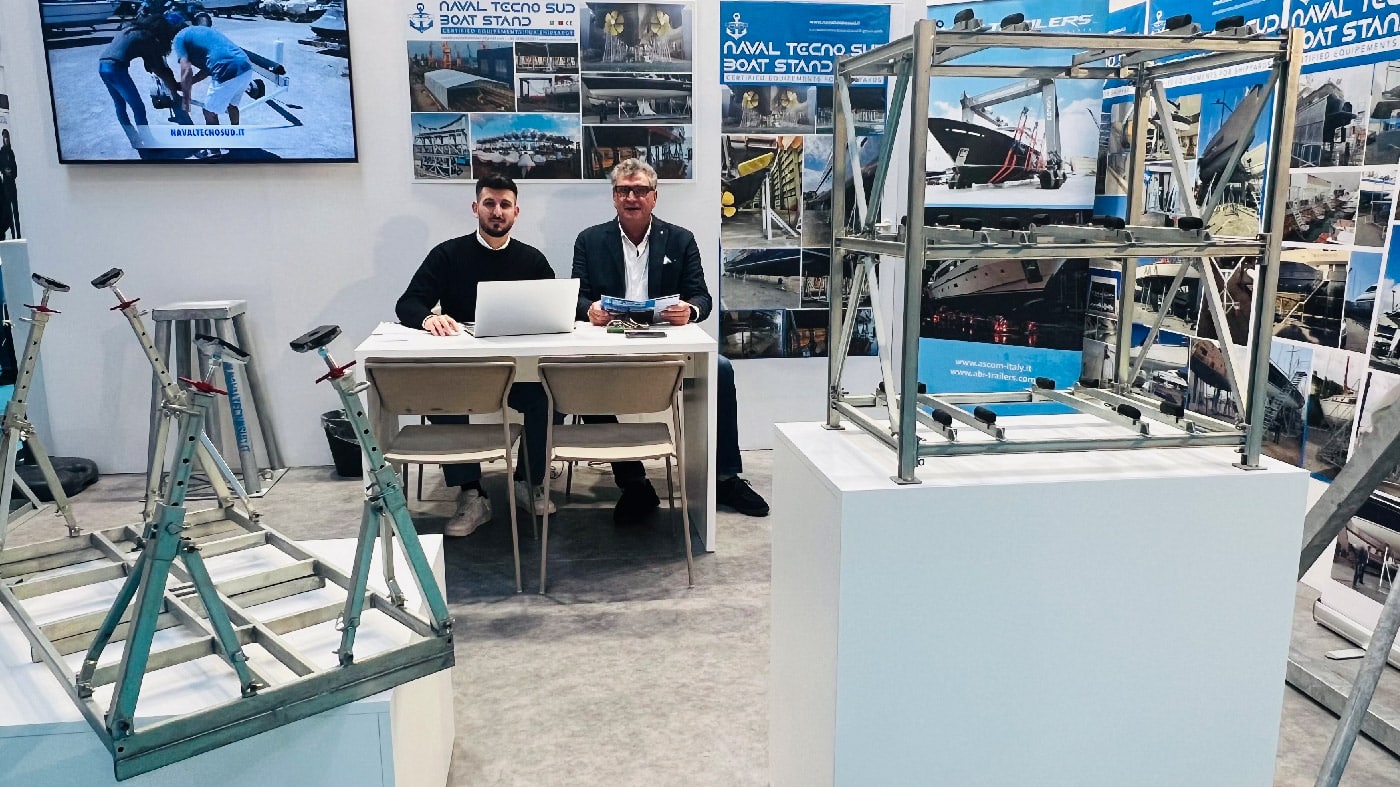The new Flo 1 is the first hydrofoiling sailing dinghy specifically designed to enjoy the foiling experience without the long hard (and very very wet) training requested by the international Moth class. Of course, the boat is less fast, as confessed by its manufacturer, the Dutch Aeronamics Groupw, according to which reaching over 20 knots is exciting enough (by the way, the official maximum speed record gained by an International Moth is 29.1 knots). On the other hand, “the Flo 1 is stable, wide enough to ensure a comfortable seating even at 2 knots of air, easy to fit out and steer and she needs just 6-8 knots of wind to surf”, says Jurian Rademaker (Aeronamics).

The trick is in the foils system, developed with the Dss (Dynamic Stability System) technology, which consists of two L-shape retractable foils complementing the traditional tilting keel (tilting from bow to stern and not from right to left like a canting keel). When the boat starts to list, the leeward foil generates a upward thrust thanks to aerofoil and tilt, that is the angle of incidence of the front edge of the foil. In order to improve stability, the rudder features two elements perpendicular to the blade and located at the lower edge ( in practice, a sort of inverted T) with a depth of 95 cm. In order to ensure an upward thrust strong enough to lift the hull from water, the tilt is adjustable according to the helmsman’s body size: higher the weight is, higher is the incidence angle of the foil.
A screw adjusts the tilt following some pre-completed tables which establish the angle of the hydrodynamic foil according to the weight on board.
The boat enjoys stability and pleasant performances also thanks to a very wide deck (in practice, a sort of terrace). The Flo 1 is, in fact, 4.25 long and 1.80 m wide (2.30 m if you measure her from the foil edges). Designers have used glass fibre, epoxy resin and carbon. The latter, in particular, allows a lower weight: just 55 kg with complete fitting (the hull is 45 kg).
Aeronamics has also unveiled the price of this interesting experiment (we wait for a sea trial to establish whether it is successful or not): from 10,700 euros, VAT excluded.
Explore the new Flo at the following link: http://aeronamics.com/explore/


























